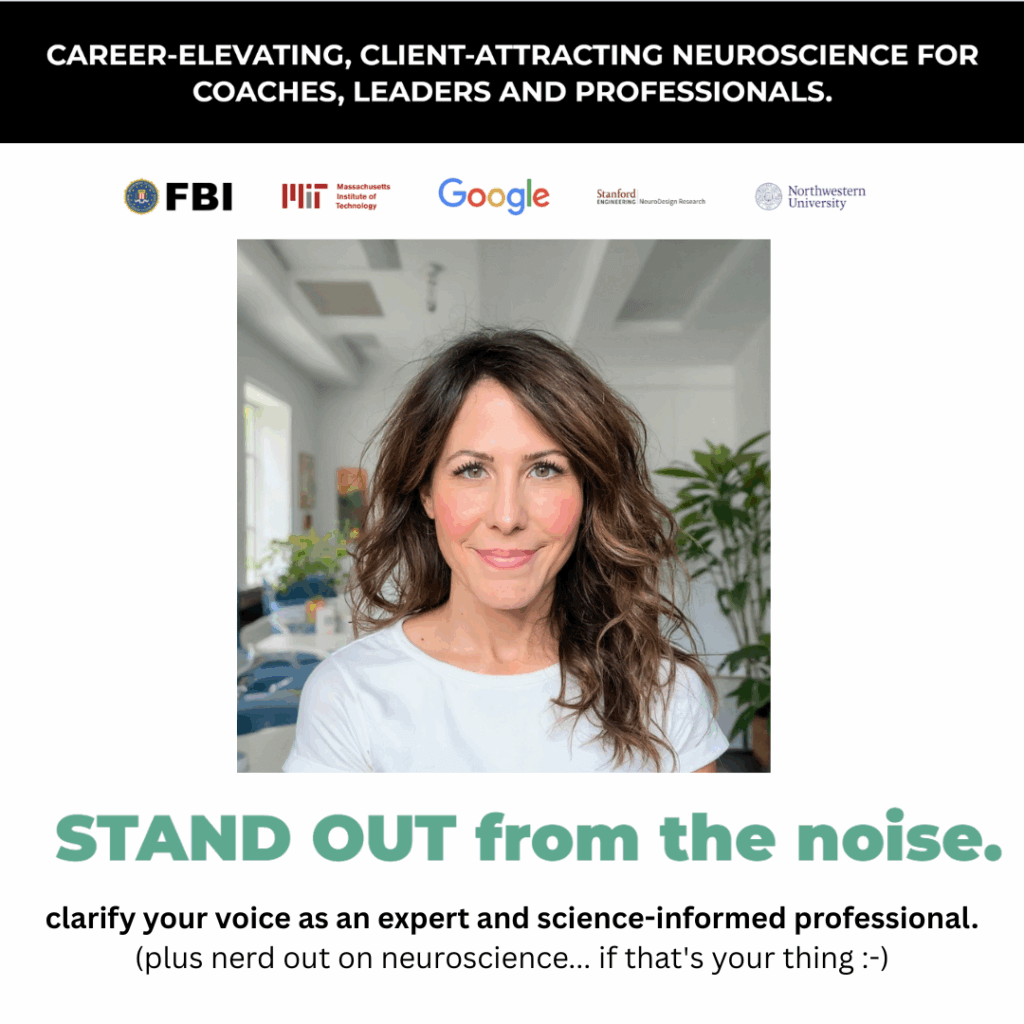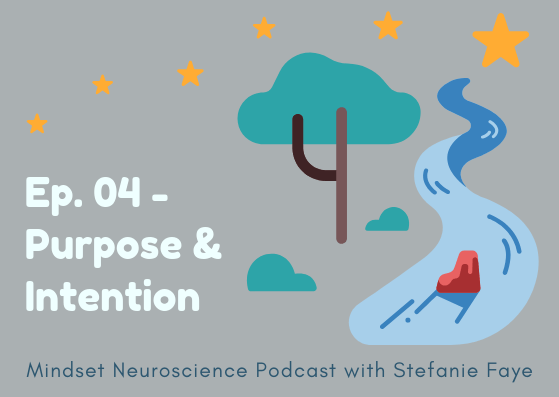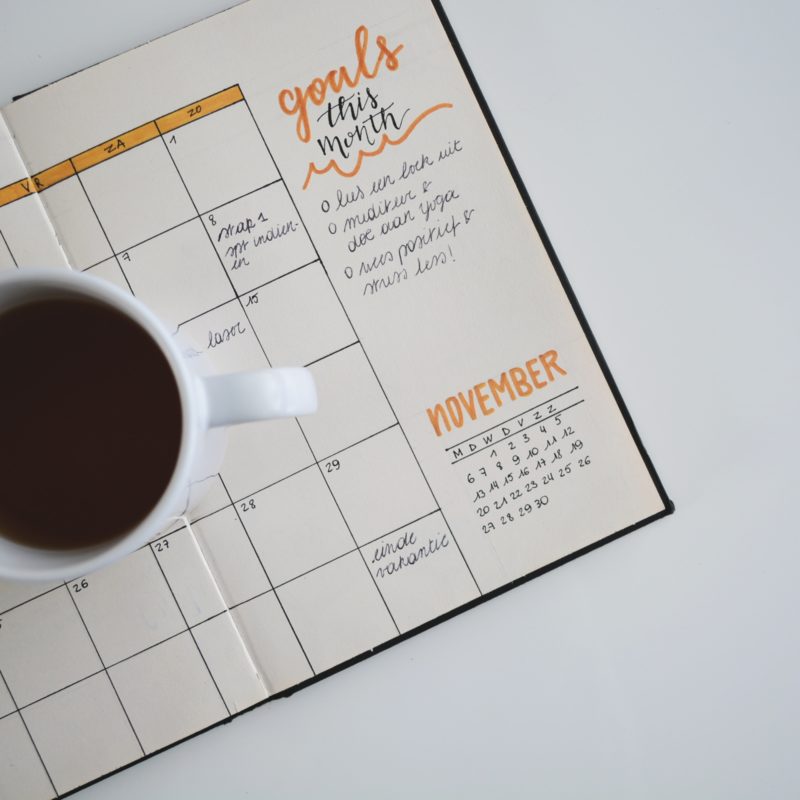“Breath is the bridge which connects life to consciousness,
which unites your body to your thoughts.
Whenever your mind becomes scattered,
use your breath as the means to take hold of your mind again.”
― Thich Nhat Hanh* , The Miracle of Mindfulness: An Introduction to the Practice of Meditation
*Years ago, while studying with a professor at NYU who was looking at brains scans of monks, I decided to stay for a few months at various monasteries. One of them was Deer Park - under the guidance of Thich Nhat Hanh. It was a blissful and eye-opening experience.

We have ‘pre-programmed escape plans’ that are rooted in our past experiences.
These unconscious physiological responses lead us to react to situations and people in ways that often block us from having the relationships, outcomes and life trajectories that are truly worthy of our highest potential as Complex Adaptive Systems.
Because of these primal, pre-programmed escape plans, situations that lead to discomfort or uncertainty may induce one of these stress responses even if our life is not actually in danger.
Anxiety and threat perception actually alters our brainwaves and attention.
Unfortunately, when we don't realize how much anxiety controls our ‘beam of awareness’ or attentional spotlight, it makes it difficult to stop being anxious because our mind will keep focusing on what it perceives is the threat. It basically ‘locks in’ our zoom so we can’t pull it away from whatever it is we think is endangering us. Remember that this may be a social threat, like rejection, insults, being manipulated or coerced, or threats that are physical discomforts but not life-endangering.
In an anxious state, our neural attentional mechanisms will hold their focus longer on the perceived threat than when we are in a relaxed state.
From an evolutionary standpoint, this makes sense: if something was actually life threatening, holding our attention on it would help us get as much information as possible about the threat so we could know how to respond.
But when our anxiety leads our focus on to something that is not going to endanger us physically, this hyper-extended, locked-in focus means we miss out on information that could actually be extremely important for solving the problem or helping us benefit from and capitalize on a situation.
In this sense, if we are not more in control of how we focus our attention, we may end up perceiving much more threat than is necessary.
Regulating our nervous system allows our awareness to become more open. Open awareness allows us to gather more data to help us make better decisions.
If you experience anxiety on a regular basis, there’s a chance you have ‘anxiety-induced-attention’ which may also mean there is a dominance of faster brainwave frequencies*
*particularly in the frontal areas of your brain, and possibly also in systems tied to the anterior cingulate. I explain these frequencies in the video clip below. Hyperactivity and hyper-coherence within the hibeta frequency ranges in these areas are associated with excessive rumination and obsessive type of thinking. This is something I saw a lot in the young people who were attending the center for clinical neuroscience where I worked in Chicago.
These same patterns are also often associated with a low Heart Rate Variability. Low HRV is a low variability between heart beats and is usually tied to a higher heart rate -indicative of overactivity from the sympathetic nervous system. Many of these clients reported high levels of anxiety and a hard time getting out of their head. This kind of brain activity also impairs attention and executive functioning, which is something they also frequently reported having challenges with.
What we see is that breathing, brainwaves and attention are linked. When we get control over these, we can get better at regulating our state.
Something that can help quiet down high frequency brainwave activity is to focus on something rhythmic and slower.
- As you see, hear, or feel something rhythmic, the sensory receptors related to those stimuli activate corresponding networks in the brain: visual, auditory, sensory-motor, etc.
- As the cells in those networks continue to activate according to these rhythmic inputs, their firing patterns become rhythmic as well.
- The speed and steadiness of the rhythms produce different brainwave frequencies.
- Different frequency ranges of brainwaves (and how many cells/networks are firing at those rhythms) are related to different states of consciousness and mind-body activity.
- For example, the 4-8 Hz range is considered the theta range which is associated with drowsiness, deep relaxation, what you could call la-la land. The 8-11 or 12 Hz range is considered alpha, associated with relaxed awareness, self-regulation and meditative states.
All of the different frequencies and states serve their purpose.
We want to be in the faster frequencies for certain activities. But it’s helpful for us to be able to control or induce a state that helps us achieve what we want during different circumstances. If you want to be relaxed but you can’t, the key is to slow your brainwave activity.
One rhythm we can always count on is our breath. Even if it is fast initially, there is still a rhythm to it, and we can deliberately slow it down. Focusing on this and using our voluntary somatic nervous system tools to extend it or slow it creates a rhythm for our senses to hone in on. As our awareness does this, the neural networks that were hyper-focused on a perception of danger now begin to fire in more widespread and slower patterns.
Trying to solve a problem will keep the brain waves in a faster pattern.
Slower brainwave patterns result in an internal state that is more relaxed and has a more open focus, rather than a very rigid, tight and narrow focus on the problem.
Intentionally keeping your focus on your breath means you’re not trying to solve a problem.
Breathing techniques are one layer of what can help. A mantra can do this as well. Watching a candle or fire, can work too. Human interactions generally speed up our brainwaves because there is always some element of decision-making required. This is why moments of shared silence, or looking out at a horizon together but not speaking can be soothing. It's also why being silent in nature can help us achieve a very regulated state of relaxed awakeness. The deepest relaxation states we can get to is usually with closed eyes because this removes visual stimulus which can be quite activating for the brain.
Noticing something rhythmic and steady (and a relatively slower pace) is one of the ways we can slow down and have more control over our brain waves when we want to.
Often there are also deeper roots to our anxiety caused by various experiences and beliefs we have about ourselves and the world. Those are things I will continue to explore with you (and in my book!). But breathing is our first step to gaining more control over our attentional focus. And having control over that is the most important element we can possibly have in order for any other kind of progress or technique to work.
It’s amazing to watch science catch up with wisdom that has been taught for millennia.
Our journey to post-traumatic growth and healing is to become more aware of these unconscious patterns. Awareness is always the first step. And it can also be the most painful one. I’m grateful to all the teachers I’ve had along the way who have pushed those pain points in me so that I can free myself from being unconsciously trapped within them. It is a continuous learning process, with many challenges, and ups and downs.



